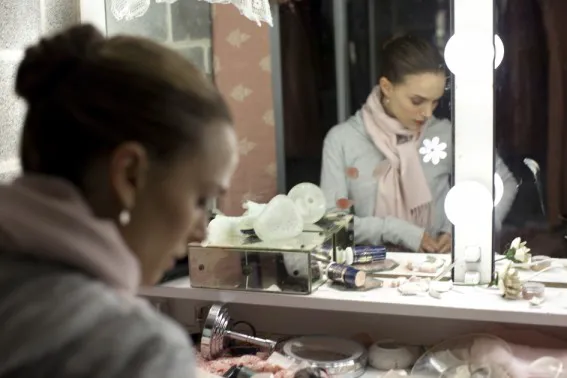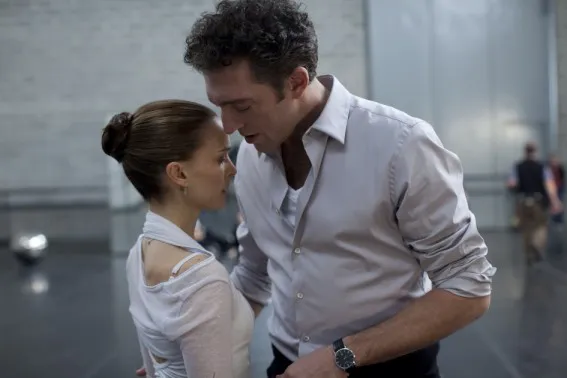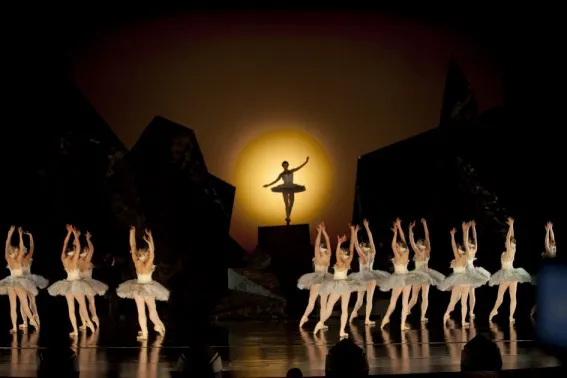Darren Aronofsky’s Near-Perfect Film About Art and Madness
Darren Aronofsky’s “Black Swan” delves into the intricate world of art, madness, and the often-blurred lines between the two. It’s a psychological thriller that explores the dark side of ambition and the sacrifices made in the pursuit of perfection.
The film centers on Nina (Natalie Portman), a dedicated ballerina preparing for the premiere of “Swan Lake,” where she’s been cast in the dual roles of both the White and Black Swan. The challenge lies in embodying the Black Swan, a character that requires Nina to unleash her inner darkness, a task she undertakes with unsettling success.

Nina’s Transformation
Nina’s life revolves almost entirely around ballet. She lives a sheltered existence with her mother, surrounded by soft toys. Her routine consists of commuting to the theater by subway in the morning and returning home in the evening. She’s a good, obedient girl with seemingly no vices, except for a disturbing habit of scratching her back until it bleeds. Nina believes that swan feathers are emerging from her skin, a manifestation of her growing obsession.

A Reflection of “The Wrestler”
Aronofsky conceived “Black Swan” as a thematic companion to “The Wrestler,” both stories exploring self-destruction in the name of art. While classical ballet may be considered a more refined art form than wrestling, and Mickey Rourke may seem worlds apart from Natalie Portman, the underlying theme remains the same. When the ballet prima, blushing with embarrassment, declares her pursuit of “perfection,” it echoes the straining efforts of an aging wrestler in glittering tights. “The Wrestler” was told through the lens of a workplace drama, while “Black Swan” employs a more manipulative approach to the audience’s perception.
Drawing a predictable avian analogy, “Black Swan” is like a magpie’s nest, filled with beads, feathers, and glitter. It’s a film that delivers on multiple levels: a blend of “Showgirls” meets Cronenberg’s “The Fly,” complete with intrigue, madness, swan feathers, a demonic Hitchcockian mother figure, and a memorable kiss between Mila Kunis and Natalie Portman. “Black Swan” transcends categorization, defying genre boundaries and traditional grading systems. Aronofsky constructs a seemingly timeless piece from familiar genre elements – a colorful dance film, a Freudian melodrama, and a body horror thriller. He juggles inexpensive trinkets and creates a diamond fund.

Beyond Criticism
Attempting to dismiss the film as cliché or derivative would be a mistake. “Black Swan” can be compared to both the classic “The Red Shoes” from 1948 and the more sensational “Red Shoe Diaries” – both comparisons hold merit. Aronofsky, having already proven himself, achieves something significant in “Black Swan”: he restores immediacy to auteur-driven, adult-oriented cinema. The traditional divide between highbrow art films and mainstream entertainment, filled with comics, robots, vampires, and high schoolers, no longer applies. “Black Swan” can be enjoyed as a gripping thriller about madness or a melodrama about slender dancers. Alternatively, it can be interpreted as a statement on the nature of art and the price of achieving it. Is the pursuit of perfection worth sacrificing one’s sanity, connection to reality, and life itself? Especially when that perfection is embodied in a performance about an enchanted bird.
While the film offers no easy answers, the questions are posed by a director who, in “The Fountain” (2006), used macro photography of chemical reactions instead of computer graphics. It seems safe to say that Aronofsky is no stranger to the pursuit of perfection.